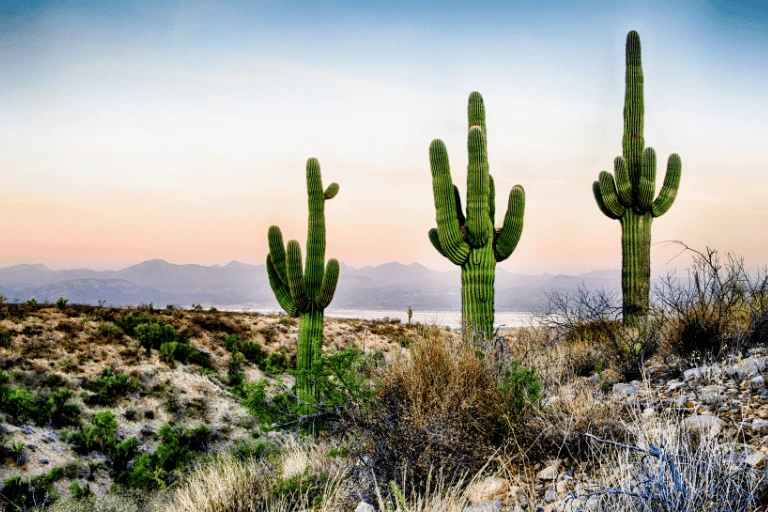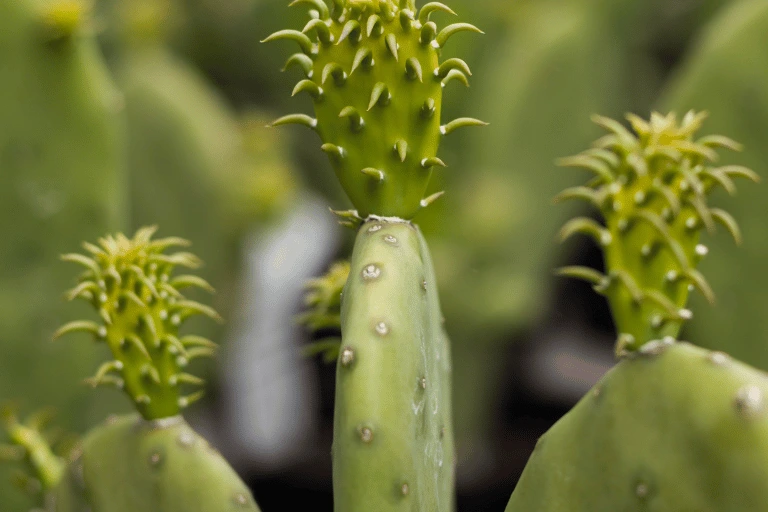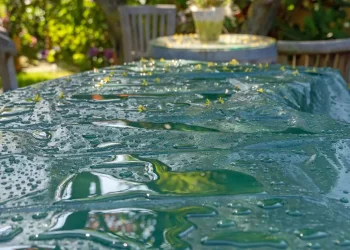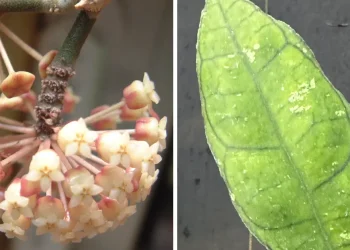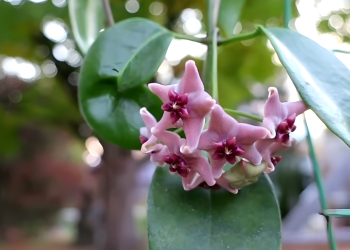Last week I visited the zoo. And close to the section with tropical animals, I stumbled upon a majestic cactus. It was massive, with arms stretching towards the sky and its needles glistening in the sun. I couldn’t help but wonder how old this cactus was. I mean, it must have been around for decades, if not centuries.
That’s got me wondering. How do we determine the age of a cactus? Is there some kind of magical formula or secret code that only cacti whisper to each other? If you cut it, will you see growth rings like trees have?
Well, as it turns out, there are several ways to tell the age of a cactus, and I’m going to share them with you today. Don’t worry, I promise it won’t be a prickly experience!
Why is it Hard to Determine the Age of cactus
To find out how old your cactus is can be a tricky business. Unlike trees, which grow annual growth rings, cacti do not have this luxury. Cactus stems are basically just big water tanks with vascular tissues in the center.
Instead, they grow in fits and starts, depending on the weather and other environmental factors. This can make it difficult to accurately determine the age of a cactus, as there are no clear markers to indicate its growth over time.
Despite these challenges, there are still several methods you can use to get a good idea of how old a cactus is – but be prepared for a little bit of detective work along the way!
Differences in Precipitation Received
When you want to estimate an age of a cactus living in the wild, nature doesn’t make it any easier.
Cacti are unique plants that are adapted to survive in arid and semi-arid regions, which means that they don’t require much water to grow. However, the amount of rainfall that your cactus receives can impact its growth rate and development.
A cactus that receives more rainfall will grow faster than a cactus that receives less rainfall. This means that the age of a cactus growing in a region with high precipitation will be different than a cactus growing in a region with low rainfall.
How to Calculate the Age of Cactus
Cactuses are incredibly diverse. There are currently nearly 2.000 discovered cacti species on the planet. These plants come in a variety of shapes, sizes, and colors. With that, not every method can be suitable for your type of cactus.
But in the end, no matter which method you opt for, it’s impossible to determine the precise age of a cactus; you can only make an approximate estimate.
Measuring the Height and Size of the Cactus
When it comes to cacti grown in pots, the correlation between age and size may not be as straightforward. This is because potted cacti have limited space and nutrients to grow. The size of a potted cactus is more dependent on the care and attention you provide it.
But when combined with other methods, you can get a more precise estimation.
Cactuses are known as slow growers. A cactus usually grows by only 1 inch (2.5 cm) every 10 years.
Take a measuring tape and measure the height of your cactus from the tallest part to the soil.
If you measured in inches, multiply the number by ten to get the age estimation. For the result in centimeters, multiply the result by four.
Fun fact: the tallest cactus is from the Saguaro family and was discovered in the Sonoran desert, North America. It has nearly 80 feet (24.4 meters) in height!
Counting Areoles and Arms
Areoles are the parts on the cactus stem that produce spines, hairs, and flowers. As cactuses age, they develop more areoles along the stem, and some even sprout arms or branches. By counting the number of areoles or arms on a cactus, you can estimate its age. The lower you go, the nearer to the soil, the older the thorns are, and vice versa.
However, this method is not always accurate, as some cactuses may not grow arms, and some may have irregular areole spacing. On the other hand. some species begin to grow arms only at a certain age. For instance, if you see a Saguaro cactus growing arms, you can be sure that it’s at least 70 years old. And if the arms are fully developed, the cactus is at least 100 years old.
Examining Growth Stages
Cacti go through different growth stages throughout their lifespan, and each stage can give you an idea of how old your plant is.
There are five commonly recognized growth stages.
The first one is germination. That’s where life begins. Once a cacti flower is pollinated and the seed reaches the soil, it begins to sprout and grow its roots. Depending on the specie and growing conditions, this stage can last anywhere from a few days to a few weeks.
Once the sprout has emerged from the soil, the second stage begins, called vegetative growth. In this stage, the cactus will begin to grow and develop its stem and leaves and begins to form into the standard cactus shape. This stage is by far the longest and can last several years. For instance, prickly pear cacti need around 2-3 years before flowering.
The other three stages happen very quickly. Once the cactus reaches maturity, it can flower. The flowering stage typically occurs in the spdon’t summer and can last a few weeks at max. You’ll need to water your cactus more regularly during this time, as flowers can take a lot of energy.
Cactus don’t always grow fruits. There is one step between that must happen, and that’s pollination. Since the flowering phase usually lasts only a few days, there is a small time frame in which the cactus must be pollinated.
If it’s pollinated, the final stage of fruiting can begin, during which the cactus will produce fruits. The fruits will ripen and provide seeds for the next generation of cacti. And not only does the cactus look absolutely beautiful with little pears on top, but most species produce edible fruits. If you want to learn more about eating cactuses, check out my guide!
Guessing the currently ongoing growth stage is a lot easier than estimating its age. However, this method becomes useless once the cactus becomes fully mature.
Does Cactus Shows Signs of Aging?
Observing signs of aging in cacti can be challenging because their growth is slow. Depending on the species, cacti usually grow only 1 inch (2.5 centimeters) every ten years.
However, there are a few indicators that can give you a rough idea that your cactus is getting somewhat old.
As the cactus grows older, it may start to develop woody tissue, lose its bright green color, and its stem may become more wrinkled and flabby. Additionally, the growth rate may slow down or stop altogether, and the cactus may produce fewer or no new arms or branches.
These signs suggest that the cactus is entering its mature or old age and may have lived for decades or even centuries. However, keep in mind that these indicators can also be affected by factors such as disease, pests, or inadequate care.
Can a Cactus die of Old Age?
Cactuses do not typically die of old age. Instead, they may die due to disease, insect infestations, environmental stress, or physical damage.
As a cactus grows older, it can become heavier and develop especially root issues. It can become weak and more susceptible to these threats, but it’s not a certainty that it will die from old age alone.
With proper care, your cactus will certainly outlive you. As these thorny plants can live nearly infinitely.
Fun fact: The oldest cactus, called Old Granddaddy, was about 300 years old, when he started diing. At that time, this giant cactus from the saguaro family was over 40 feet (12 meters) tall and had 52 arms. But even so, age was not the cause of his death. It was estimated that it died to bacterial necrosis.
How Long does it take for a Cactus to Grow Full Size
Actually, cacti do stop growing at some point. The final size of cacti is primarily determined by its species.
When it comes to cactuses grown in pots, they will generally keep growing as long as you give them space. That’s because many store-bought cacti are relatively young. Usually, once they reach maturity, the growth rate will slow, but they’ll continue to grow.
To give you real data, I wrote an email to a few florist shops in my country with a question about how old cacti are when they go on the market. This is what I found out:
- The best-selling cacti are sized between 2 and 2.5 inches (5 to 6 centimeters)
- These are standardly about 5 years old
- However, many cacti offered in stores come from large commercial nurseries in southern Europe. These are fed with fertilizers, and they can reach the desired size even 1 or 1.5 years faster.
Wild cactuses can take several decades or even centuries to reach full size, depending on the species.
Conclusion
To sum up, it’s extremely difficult to accurately tell how old a cactus is.
While measuring the height and size of a cactus, counting areoles and arms, and observing signs of aging are all helpful methods in determining the age of a cactus, it’s important to remember that these are all just estimates. A cactus’ final size is determined by its species and environmental factors, and the length of its growth stages can vary greatly.


